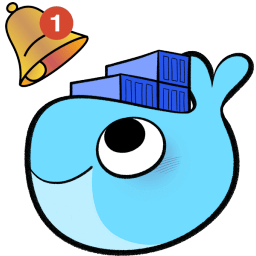
Discord-GameServerMonitor-Classic
Monitor your game servers on Discord and tracks the live data of your game servers. --After first start of the Container Config files are Created. You Must configure them as you need it otherwise it will not function.-- You need a Discord BOT API Key for your settings.json Config. (see Support Forum if you dont know how) Note: DO NOT SHARE YOUR API KEY! Sharing your key may result in punishments from Discord (including a platform-wide ban) if the token is used to abuse the API. Configure your Monitored Servers in the servers.json: https://github.com/DiscordGSM/DiscordGSM/wiki/servers.json









